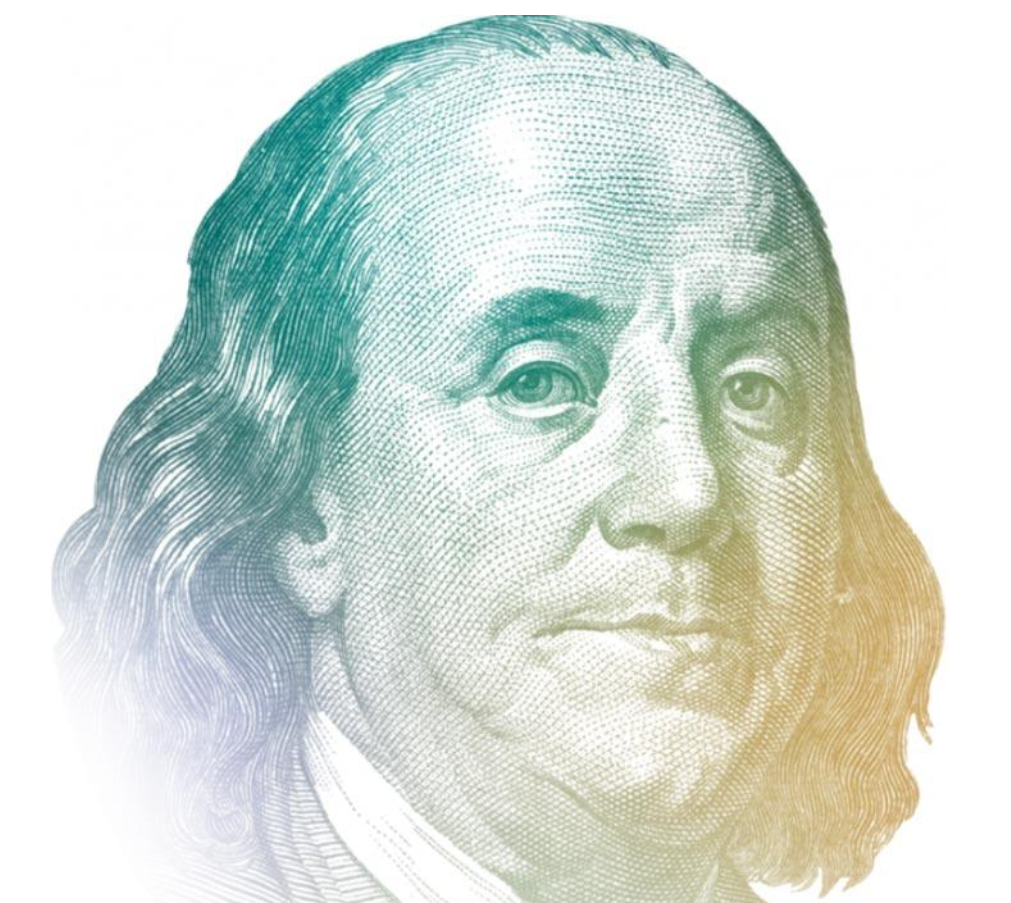It should be no secret that the rising interest in Bitcoin and cryptocurrencies would entice nations to offer up their own version of central bank digital currency (CBDC). We have seen rumblings that the U.S. Federal Reserve was interested in exploring an official US CBDC. Now we have full on confirmation that the Federal Reserve is discussing a CBDC.
The Federal Reserve Board has released a new discussion paper examining the pros and cons of a potential U.S. CBDC. Let’s call it the FedCoin for short.
The news is still exploratory and it does invite comments from the public. Still, the Fed did announce in its release that this is “the first step in a discussion of whether and how a CBDC could improve the safe and effective domestic payments system.”
Even if the release says that the issued release “does not favor any policy outcome” this will be the beginning of the open discussions over a CBDC. It should also be anticipated that even with other nations exploring their own CBDC, an actual roll-out of a CBDC could take years.
The price of Bitcoin was last seen up 2.8% over the last day at about $42,999 after the Fed’s news release. The news did not have much immediate impact on the price of Bitcoin and the crypto community has been expecting this for some time.
Collectors Dashboard recently highlighted a Wall Street research report that outlined what a well-known financial sector lobbyist sees as a path — and this may not stop Walmart, Facebook and others from having their own cryptos, stable or not.
The full PDF in the release does outline many of the pros and cons of a US CBDC. That data and the appendix section is 31 written pages before getting into references and notations.

According to the release:
The paper summarizes the current state of the domestic payments system and discusses the different types of digital payment methods and assets that have emerged in recent years, including stablecoins and other cryptocurrencies. It concludes by examining the potential benefits and risks of a CBDC, and identifies specific policy considerations.
Consumers and businesses have long held and transferred money in digital forms, via bank accounts, online transactions, or payment apps. The forms of money used in those transactions are liabilities of private entities, such as commercial banks. Conversely, a CBDC would be a liability of a central bank, like the Federal Reserve.
While a CBDC could provide a safe, digital payment option for households and businesses as the payments system continues to evolve, and may result in faster payment options between countries, there may also be downsides. They include how to ensure a CBDC would preserve monetary and financial stability as well as complement existing means of payment. Other key policy considerations include how to preserve the privacy of citizens and maintain the ability to combat illicit finance. The paper discusses these and other factors in more detail.
The Fed is asking for public comment on more than 20 question and it will accept public comments for 120 days. Here is where you can submit your comments for their review.
Categories: Uncategorized


